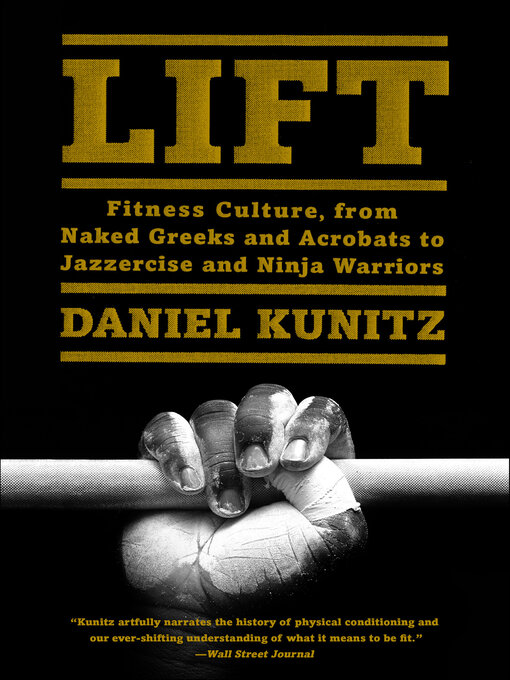A fascinating cultural history of fitness, from Greek antiquity to the era of the “big-box gym” and beyond, exploring the ways in which human exercise has changed over time—and what we can learn from our ancestors.
We humans have been conditioning our bodies for more than 2,500 years, yet it’s only recently that treadmills and weight machines have become the gold standard of fitness. For all this new technology, are we really healthier, stronger, and more flexible than our ancestors?
Where Born to Run began with an aching foot, Lift begins with a broken gym system—one founded on high-tech machinery and isolation techniques that aren’t necessarily as productive as we think. Looking to the past for context, Daniel Kunitz crafts an insightful cultural history of the human drive for exercise, concluding that we need to get back to basics to be truly healthy.
Lift takes us on an enlightening tour through time, beginning with the ancient Greeks, who made a cult of the human body—the word gymnasium derives from the Greek word for “naked”—and following Roman legions, medieval knights, Persian pahlevans, and eighteenth-century German gymnasts. Kunitz discovers the seeds of the modern gym in nineteenth-century Paris, where weight lifting machines were first employed, and takes us all the way up to the game-changer: the feminist movement of the 1960s, which popularized aerobics and calisthenics classes. This ignited the first true global fitness revolution, and Kunitz explores how it brought us to where we are today.
Once a fast-food inhaler and substance abuser, Kunitz reveals his own decade-long journey to becoming ultra-fit using ancient principals of strengthening and conditioning. With Lift, he argues that, as a culture, we are finally returning to this natural ideal—and that it’s to our great benefit to do so.



